Those who feel that the Congress Party and historians aligned to it have been less than fair to former Prime Minister P.V.Narasimha Rao, can derive some comfort from the opinions expressed by the President, Mr.Pranab Mukherjee in the second part of his autobiography titled The Turbulent Years: 1980-1996 on the major issues that confronted Mr.Rao during his tenure.
Mr.Mukherjee touches on many of the explosive social, political and economic issues that the country was faced with during those decades, including Rajiv Gandhi ‘s fateful decision to upturn the Shah Bano judgment; the demolition of the Babri Masjid and the balance of payments crisis of 1991.However, late in the day, Mr.Mukherjee acknowledges that Rajiv Gandhi’s decision to bring in legislation to nullify the court’s verdict in the Shah Bano Case – the Muslim Women (Protection of Rights on Divorce) Bill – “drew criticism and eroded his modern image”. Further, in the President’s view, “the opening of the Ram Janambhoomi temple site on 1, February 1986 was perhaps another error of judgment (on the part of Rajiv Gandhi). People felt these actions could have been avoided”.
This is just a fleeting and euphemistic reference to a rather sordid engagement that Rajiv Gandhi had with both the Shah Bano affair and the construction of a Ram Temple at the disputed site in Ayodhya. What Mr.Mukherjee does not talk about is the political game plan behind Rajiv Gandhi’s decision to have the locks to the temple opened and thereafter to send his Home Minister, Mr.Buta Singh to Ayodhya to participate in the Shilanyas ceremony to mark the construction of the temple. Since he was accused of Muslim appeasement in the post-Shah Bano phase, Gandhi did a neat about turn to try and appease the Hindus by displaying his commitment to the construction of the Ram Temple. This ceremony, organized by the Vishwa Hindu Parishad (VHP) took place on the eve of the Lok Sabha poll in 1989 and Gandhi was hoping that this gesture would help him garner the Hindu vote. These moves led to communal polarization in large parts of North India.
Given Mr.Mukherjee’s long association with the Congress Party and his proximity to many prime ministers, these observations, however sparse, are very significant for one reason: To set the record straight in regard to the sequence of events leading to the destruction of the Babri Masjid in Ayodhya.
While it is true that Narasimha Rao was the Prime Minister on the day the disputed structure in Ayodhya was raised to the ground (December 6, 1992), the fact is that it was Rajiv Gandhi who had the temple unlocked. Thereafter, it was Rajiv Gandhi who ensured his government’s official participation in the Shilanyas ceremony, which virtually signaled the construction of the temple. If Gandhi had not taken these initiatives, there could never have been such a political build up leading to the demolition of the Babri structure.
Over the last two decades, the Congress Party has, with the connivance of obliging sections of the media and academics, tried to cover-up Rajiv Gandhi’s key role in the Ayodhya controversy and put the blame entirely on Mr.Narasimha Rao. As a Congress veteran and as an astute observer of national politics, Mr.Mukherjee has sought to put the record straight.
Mr.Mukherjee acknowledges that Rao’s inaibility to prevent the demolition of the Babri Masjid was one of his biggest failures. But, he does not blame Rao for not imposing President’s Rule in Uttar Pradesh on the eve of the demolition on the mere assumption that the state government would not live up to its word. Mr.Mukherjee says: “There are many who blame P.V for the destruction of the mosque. I was not in the Cabinet at that time and therefore, not part of the decision-making regarding the Babri-Masjid issue. However, I believe that Government of India was confronted with a Hobson’s choice. It did not have many options. The central government could not dismiss an elected state government simply because it was apprehensive that the latter might not fulfill its obligation to maintain the safety of the Babri Masjid’.
People argue in hindsight that the central government should have dismissed the state government under Article 356. But this is wisdom in hindsight. “How could President’s Rule be approved by Parliament? The Congress Party did not have a majority in the Rajya Sabha”.
The President has also sought to correct yet another historical injustice perpetrated by the Congress Party over the last two decades – namely, to deny Mr.Rao the credit for the spectacular economic turnaround that he achieved in 1991-96; for unshackling the entrepreneurial potential of Indians; and for making Indians believe in themselves.
Mr.Mukherjee has fulsome praise for Narasimha Rao on many counts and regards the economic reforms introduced in 1991 as Rao’s biggest achievement. The country’s economy was in a perilous state when Rao became Prime Minister in June, 1991. When he came on the scene, India’s foreign exchange reserves had crashed and the country was on the brink of default. It had dollars just enough to pay for petroleum imports for two weeks. The rate of inflation was 13 per cent and soon climbed to 17 per cent. Manufacturing and industry had come to a halt and the crisis was such that the previous government had mortgaged gold to the Bank of England to raise a measly U.S $ 200 million for imports.
This was the biggest economic challenge any prime minister had faced and Rao picked up the gauntlet. Mr. Mukherjee says, “These reforms put the country on a high growth trajectory and helped towards achieving our true economic potential”. He says Rao, “with great foresight” chose Dr.Manmohan Singh as Finance Minister and gave Dr. Singh “full freedom to navigate the financial crisis and introduce far-reaching changes that have made India the economic powerhouse it is today”.
Further, Rao held the additional charge of the Industry Ministry himself and thereby “also played a direct role in dismantling the Licence Raj”.
The other major, rather, spectacular achievement of Narasimha Rao was the manner in which he tackled the problem of militancy in Punjab. Mr. Mukherjee says he displayed great sagacity and brought militancy to an end in Punjab and established a popular government headed by Chief Minister Beant Singh. Although he ran a minority government, Rao completed a five-year term because of his ‘political deftness”.
All those who believe that Narasimha Rao , one of India’s greatest prime ministers, has been denied his rightful place in the pantheon of national leaders, must be grateful to the President for setting the record straight.
Published Date: 4th May 2016, Image Source: http://www.indiatvnews.com
(Disclaimer: The views and opinions expressed in this article are those of the author and do not necessarily reflect the official policy or position of the Vivekananda International Foundation)

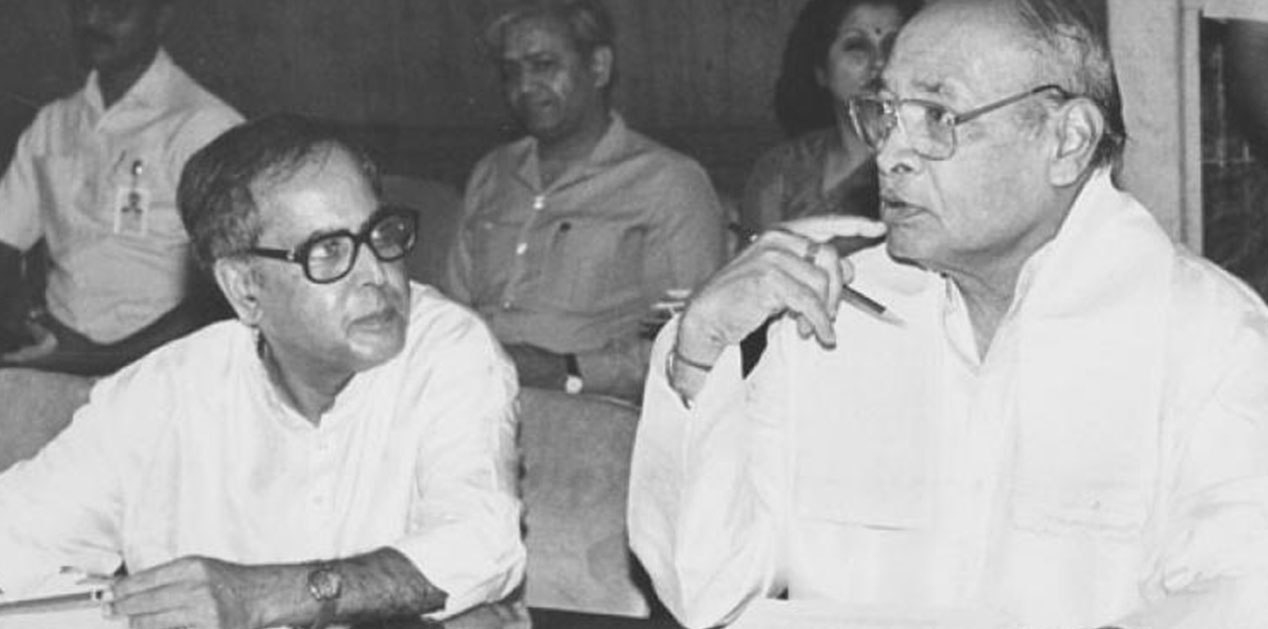
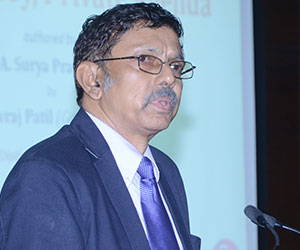
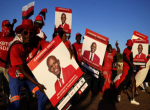
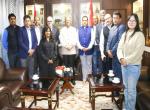



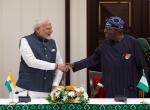
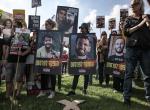

Post new comment